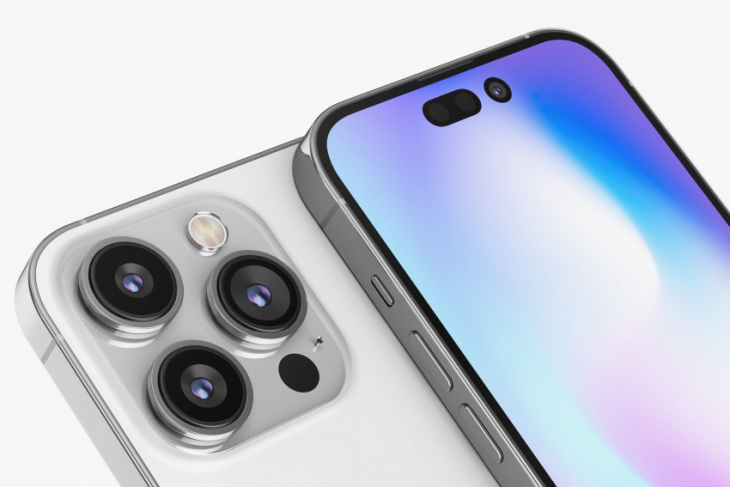What Is HDMI Port In Tv?
HDMI stands for High Definition Multimedia Interface and is a standard for the transmission of digital video and audio from sources such as computers, television cables boxes, computer monitors and television projectors. HDMI was developed by a consortium of electronic manufacturers and has been widely adopted by the televisions and computer monitors that support it. HDMI says According to the HDMI Forum website, more than 1,700 manufacturers have sold more than 8 billion HDMI devices, making them the most popular way to transmit uncompressed audio and video signals from a source to a receiver or display.
HDMI stands for High Definition Multimedia Interface and uses an HD signal to transmit high-resolution audio and video over a single cable. HDMI is mainly used in commercial applications and in cable and home devices such as digital TVs, DVD players, Bluray players, Xbox, PlayStation, Appletv and TVs.
HDMI is a single-camera digital interface solution that combines HD video and audio and replaces analog solutions that require separate audio and video cables such as VGA and audio jacks. More and more AV devices connected to HDMI and HDMI functions on laptops and PCs and are becoming standard for education, presentation, digital signage and retail displays in corporate and commercial markets that transmit high-quality audio, video and siganl signals from device to device.
HDMI (High Definition Multimedia Interface) is a proprietary audio-video interface that transmits uncompressed video and compressed or uncompressed digital audio from an HDMI-compatible source device such as a display controller, compatible computer monitor, video projector, digital television or digital audio device. It implements the EIA / CEA 861 standard, which defines video format and waveform transport for compressed and uncompressed (LPCM) audio and auxiliary data implementation (VESA EDID). High Definition Media Interface (HDMI) is the preferred method to connect Blu-ray disc players, gaming systems, cables, satellite sets-top boxes to your HDTV.
The HDMI standard supports 1080p high definition signal and supports up to eight channels of uncompressed audio, which is sufficient for a 7.1 surround sound system. In order to be able to use the HDMI range, all home cinema components must be compatible with it. HDMI reduces the number of cables required to connect the components and it reduces the number of remote controls required to watch movies.
If, for example, you connect your games console or streaming device to a TV, you can use the HDMI ARC port to connect your game console and streaming device to a soundbar to listen to high-quality sound from the soundbar. Many TV manufacturers have an HDMI port on their TVs, but it does not support 5.1 surround, so if you have problems integrating surround sound in your setup, you should get an HDMI arc port.
In other words, you don’t need a second optical audio cable to connect an HDMI-compatible speaker. If you want to play audio from an old analog sound system that does not support HDMI, you will need a separate audio track for the video. HDMI audio extraction, where the HDMI signal contains both video and audio, is handy because you only need to connect the cable box, the game console or the streaming device to your TV using a cable.
This transmission and reduces the number of cables needed to set up your home theater system since the audio and video signals are processed by a single cable.
HDMI supports standard and enhanced high-definition video and multi-channel digital audio through a single cable. HDMI 2.1 is used in the latest high-end gaming consoles of modern televisions, while HDMI 2.0 offers more bandwidth, support for higher frame rates (up to 8K resolution) and a variety of different features. In addition to standard HDMI features such as HDCP for encrypted and uncompressed high definition video and 8-channel surround sound, Mobile High Definition Link (MHL) also provides power and charging options for mobile devices that can be used to control mobile devices remotely.
The new version of ARC function (short for Audio Return Channel) of the HDMI connector included in HDMI 2.0 and 2.1 is called EARS. EARS provides two-way communication between devices via a single HDMI port and allows the use of a single HDMI cable to connect a TV or sound bar via the connection as input and audio output. The biggest improvement is that EARS now supports full-resolution audio signals, which means it supports Dolby Atmos and other uncompressed audio formats.
Given how powerful mobile devices have become and how smartphones are on the table, it made sense for manufacturers to develop a way to convert mobile video to HDTV devices. The old standard used analog video signals and did not support the HD video format which was useful for connecting older devices such as DVD players and retro gaming equipment. The standard for Android devices included MHL, but was never adopted by Apple.
Many home theater setups do not use the TV speakers and use a separate speaker system to improve the sound. However, if you have an HDMI cable and an audio-video receiver, your TV can use the receiver’s speakers to play content on the TV.
For example, if your TV uses HDMI-CEC to talk to your cable box via the STB port, the transmitter button on your remote control will work with the cable box. The DVI connector is an old holdover from the early days of HDMI and provides compatibility with devices that output digital video over a cable without audio output. Another advantage of using DVI is that your TV can accept an audio input (one of the analog audio inputs on the back of the TV) and synchronize it with the video via the DVI label on the HDMI port.
If you want to achieve similar functionality on your iPhone or iPad, you will need a special adapter from Apple and use it instead of the regular HDMI port.





